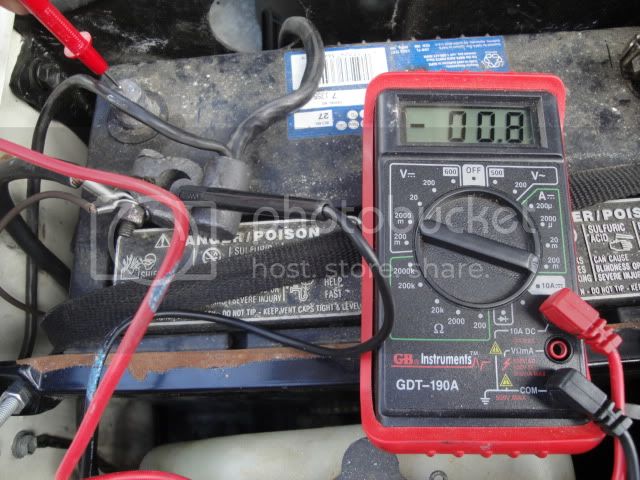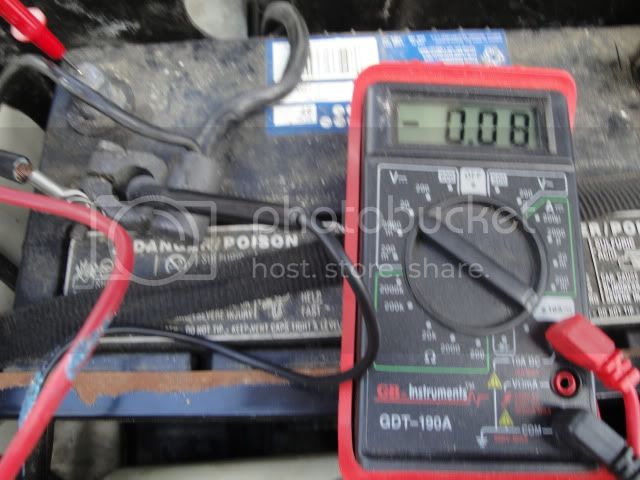Seems like there have been a few threads recently in which parasitic drains (too much current with the vehicle off) came up. So what's the proper testing procedure? I've got a digital multimeter, but I'd sure love to have someone spell out step by step what I need to do so as not to blow myself up. 





